India is known for its penchant for creating sculptural art in caves and temples out of rocks and mountains since the earliest of times. Indian architecture, sculpture and painting went hand-in-hand, creating the beautiful synthesis in the work you see today. The love for colour and design in painting, dance, music or drama has always been a part of the Indian soul. Miniature paintings date back to 11th and 12th Centuries AD. Indian art is deeply rooted in tradition, gods, deities, epical themes, and also warfare. Our classical dance and music is world renowned for its magnificence. Stunning handicrafts and textiles are carried home with a lot of pleasure and enthusiasm by tourists visiting India.
A country as diverse as India is symbolized by the plurality of its culture. India has one of the world’s largest collection of songs, music, dance, theatre, folk traditions, performing arts, rites and rituals, paintings and writings that are known as the ‘Intangible Cultural Heritage’ of humanity.
DANCE FORMS IN INDIA
Dance in India has a rich and vital tradition dating back to ancient times. Excavations, inscriptions, chronicles, genealogies of kings and artists, literary sources, sculpture and painting of different periods provide extensive evidence on dance. Myths and legends also support the view that dance had a significant place in the religious and social life of the Indian people. However, it is not easy to trace the precise history and evolution of the various dances known as the ‘art’ or ‘classical’ forms popular today.
Bharatnatyam
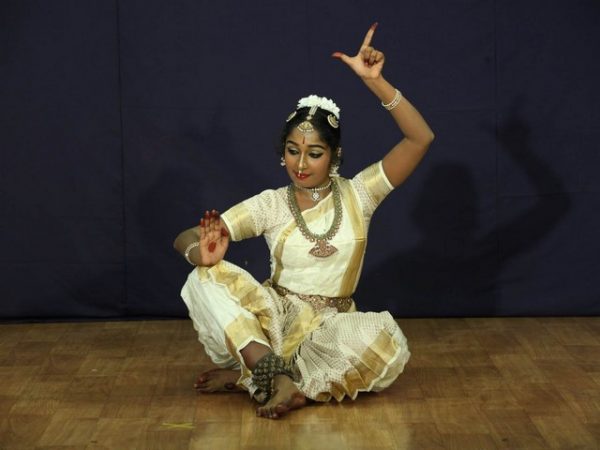
Bharatnatyam Dance is considered to be over 2000 years old. Bharatnatyam dance is known to be ekaharya, where one dancer takes on many roles in a single performance. In the early 19th century, the famous Tanjore Quartette, under the patronage of Raja Serfoji are said to have been responsible for the repertoire of Bharatnatyam dance as we see it today. The style was kept alive by the devadasis, who were young girls ‘gifted’ by their parents to the temples and who were married to the gods. The devadasis performed music and dance as offerings to the deities, in the temple courtyards. On the gopurams of the Chidambaram temple, one can see a series of Bharatnatyam poses, frozen in stone as it were, by the sculptor.
Kathakali
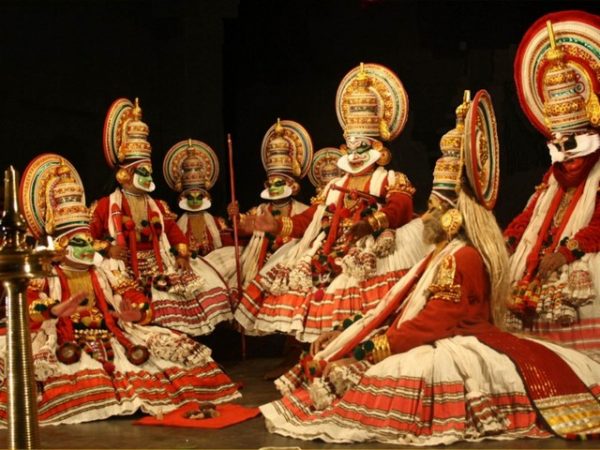
Kerala is the home of several traditional dance and dance – drama forms, the most notable being Kathakali. Kathakali is an art which has evolved from many social and religious theatrical forms which existed in the southern region in ancient times. Chakiarkoothu, Koodiyattam, Krishnattam and Ramanattam are few of the ritual performing arts of Kerala which have had a direct influence on Kathakali in its form and technique. Legend has it that the refusal of the Zamorin of Calicut to send his Krishnattam troupe to Travancore, so enraged the Raja of Kottarakkara, that he was inspired to compose the Ramanattam. In the temple sculptures in Kerala and the frescoes in the Mattancheri temple of approximately the 16th century, Kathakali dance scenes can be seen.
Kuchipudi
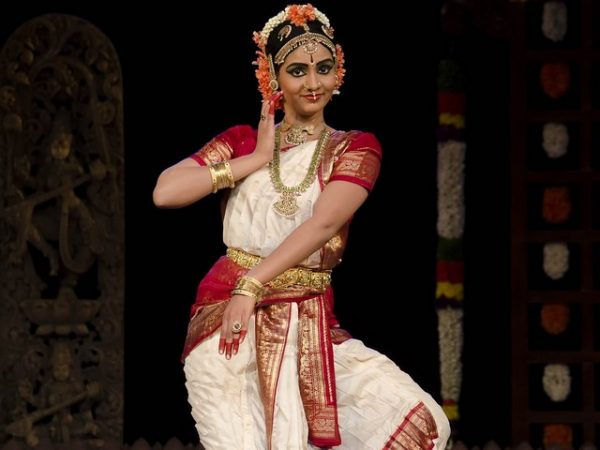
Kuchipudi is one of the classical styles of Indian dance. The art form takes its name from the village of the birth, in the Krishna district of Andhra Pradesh. In the 17th century Kuchipudi style of Yakshagaana was conceived by Siddhendra Yogi. It is said that Siddhendra Yogi had a dream in which Lord Krishna asked him to compose a dancedrama based on the myth of the bringing of paarijaata flower for Sathyabhaama, the most beloved queen of Krishna. In compliance with this command Siddhendra Yogi composed the Bhaamaakalaapam. The progenitor of the form, presented a dance-drama with young boys from the village. To show the dexterity of the dancers in footwork and their control and balance over their bodies, techniques like dancing on the rim of a brass plate and with a pitcher full of water on the head was introduced. By the middle of this century, Kuchipudi fully crystallized as a separate classical solo dance style.
HANDICRAFTS IN INDIA
India’s rich cultural heritage and centuries of evolutionary tradition is manifested by the huge variety of handicrafts made all over the country. Handicrafts are a mirror of the cultural identity of the ethnic people who make it. Through the ages, handicrafts made in India like the Kashmiri woollen carpets, Zari embroidered fabrics, terracotta and ceramic products, silk fabrics etc. have maintained their exclusiveness. In the ancient times, these handicrafts were exported to far off countries of Europe, Africa, West Asia and Far East via the ‘silk route’. The entire wealth of timeless Indian handicrafts has survived through the ages. These crafts carry the magnetic appeal of the Indian culture that promises exclusivity, beauty, dignity and style.
Bidriware Metal Handicraft
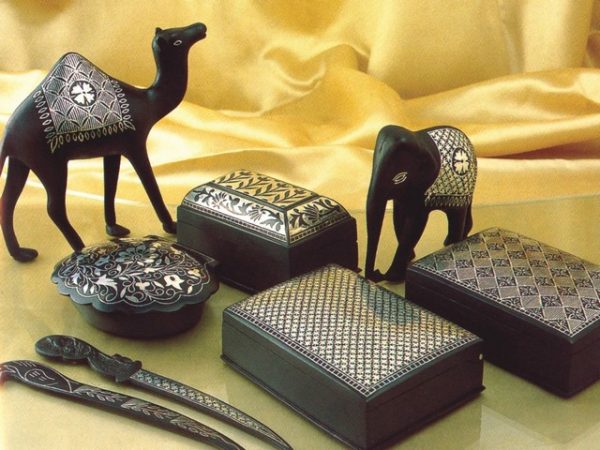
The Bidriware craft is indeed an exquisite craft. Bidri craftsmen need to possess not just skill and patience but a lot of creativity as well so that they can bring into existence by artistic means beautiful designs of shining silver on a dull black background. The Mughals are credited with patronizing Bidriware in this country. Bidriware is divided into three different forms. The distinction is on the basis of the depth of embedding and the quality of metal. The deeply cut work is referred to as Nashan, the raised work is referred to as ZarNashan and the wire inlay work is better known as Tarkashi.
Cane and Bamboo Handicrafts
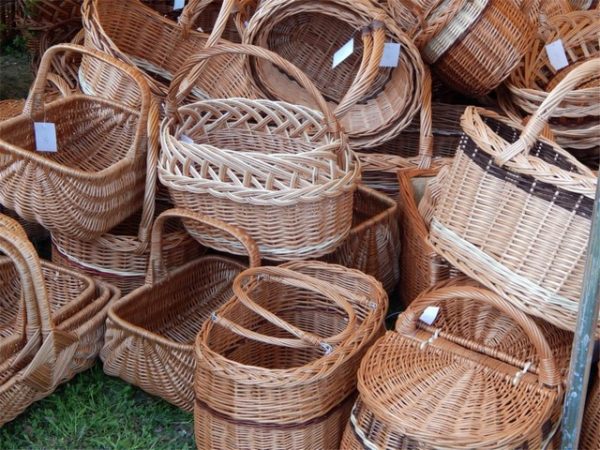
Cane and Bamboo occupy a distinctive place in the life of Tripura. Wide variety of wonderful objects are made out of Cane and Bamboo. A variety of items are produced, including furniture, table mats and other mat products, lamp shades, etc.
For more infomation:
https://www.incredibleindia.org/content/incredibleindia/en/experiences/art-and-culture.html
#IndiastoriesTTR #IndiaExperiences #IndiaTTR19 #IncredibleIndia #india






